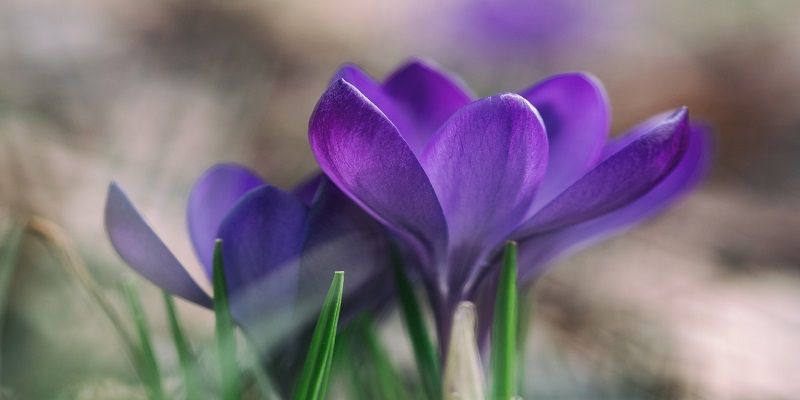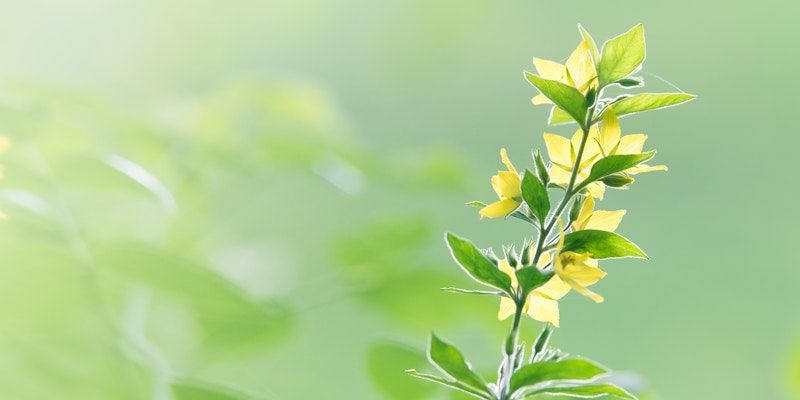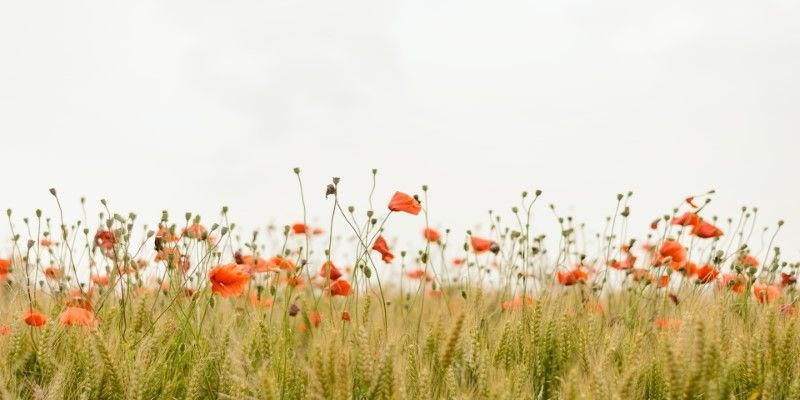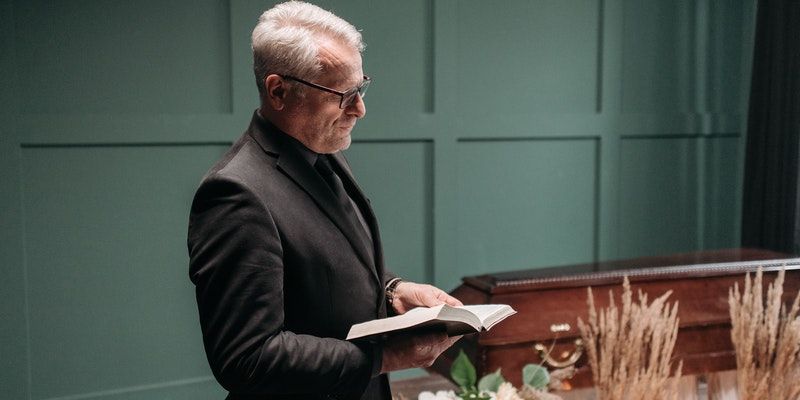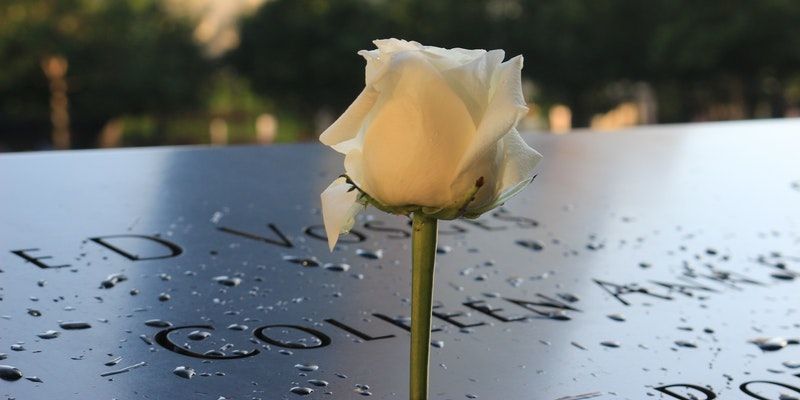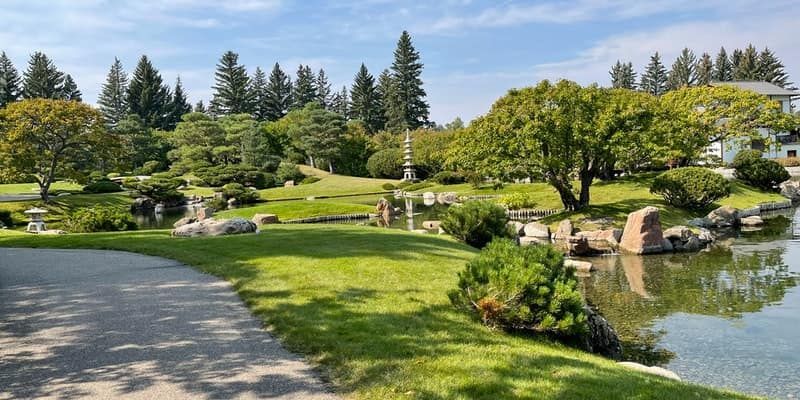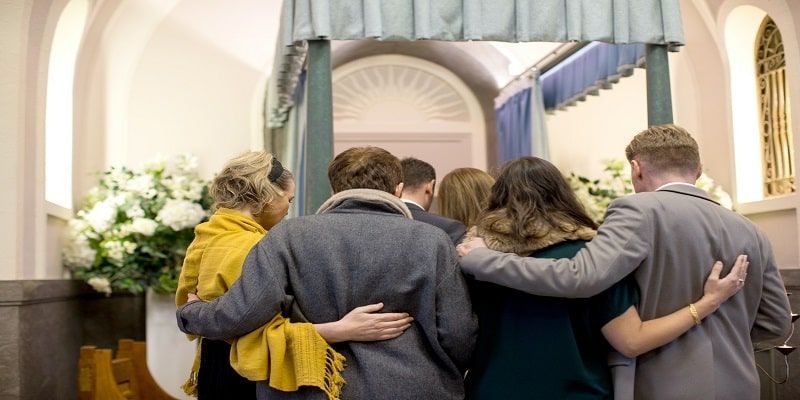Understanding Cemetery Symbolism Across Culture
Find compassionate cremation services in La Habra, CA with Community Funeral Service. Call (562) 947-1960 for dignified farewells.
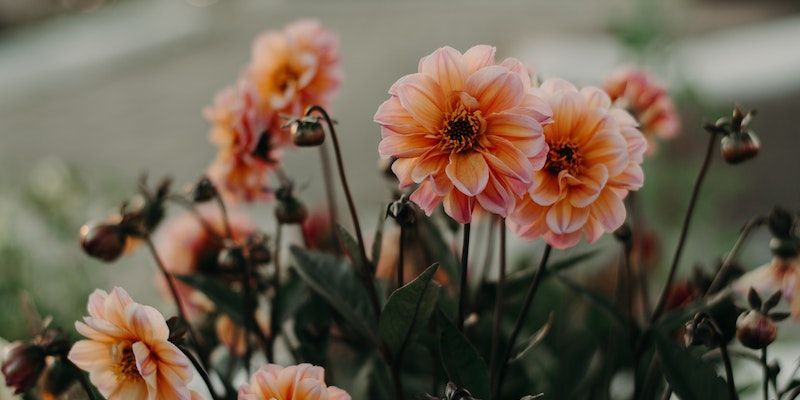
Throughout history, cemeteries have been sacred spaces where people commemorate their loved ones. Each gravestone, with its unique markings and inscriptions, tells a story of a once-lived life. But beyond personal remembrances, these symbols also provide a window into the cultural beliefs of those who have gone before us. Exploring the cremation services in La Habra, CA, symbolism found in cemeteries across various cultures can offer a deeper understanding of the values, hopes, and philosophies that have shaped human civilizations.
In Western cultures, particularly within Christian traditions, typical cemetery symbols include:
- Angels, which represent guardianship and spirituality.
- Doves symbolize peace and the Holy Spirit.
- The cross is a central icon representing faith and resurrection.
In the serene calm of these resting places, lambs often adorn children's graves, signifying innocence and gentleness. An anchor on a tombstone might perplex some, yet it is tied to hope and steadfast faith, a trait mainly found in maritime communities.
Jewish cemeteries, which foreground simplicity and equality in death, are marked by modest headstones and pebbles left by visitors—a tradition emphasizing the enduring memory of the deceased and the visitor's interaction with the grave. Distinctive symbols such as the Star of David signify the identity and heritage of the departed, while inscriptions in Hebrew frequently invoke blessings or scriptural references.
Moving to the East, Chinese cemeteries embody a blend of Confucian, Buddhist, and Taoist philosophies. Traditional symbols include dragons, signifying power and good fortune, and stone lions, which serve as protectors of the dead. During Qingming Festival or Tomb-Sweeping Day, families engage in ancestor worship, emphasizing reverence and the continuity between life and death.
Similarly, Buddhist symbolism permeates Japan's tranquil and meticulously maintained cemeteries. Jizo statues, seen as protectors of the souls of children and travelers, watch over the graves with compassionate gazes. Grave markers often feature lotus flowers, representing purity and enlightenment, and family crests known as kamon, indicating lineage.
In Islamic culture, graves tend to be simple, reflecting the egalitarian ethos of the religion. Cemeteries are usually devoid of ornate sculptures, following traditional prohibitions against idolatry. However, one may find crescent moons representing Islam and calligraphy featuring verses from the Quran that beseech mercy for the departed's soul.
Indigenous and aboriginal cultures have distinctive burial practices and symbols, often tied to nature and the land. For instance, in many Native American tribes, specific animal totems symbolize the traits or lineage of the deceased, while in Australia, Aboriginal burial sites might include natural objects or carvings that hold significance for the individual or their clan.
With its immense diversity of cultures, cemetery symbolism can be equally varied throughout Africa. In some regions, graves may be adorned with items representing the deceased's profession or status. Sometimes, customs involve colorful and elaborate funerals with drumming and dancing, believing that these celebrations help guide the spirit to the afterlife.
Cemetery symbolism offers a compelling narrative of humanity's collective journey. It uncovers shared themes of love, loss, respect for ancestors, and the eternal search for meaning in the face of mortality. By studying these universal yet culturally distinct symbols, we pay homage to cremation services in La Habra, CA, to those who came before us and enriched our understanding of the diverse tapestry that forms the human experience. As silent sentinels of time pass, these symbols remind us that, though life is fleeting, the legacies we leave behind endure through the ages. Our staff at Community Funeral Service are here to help. Contact us today for more information or if you need help.

